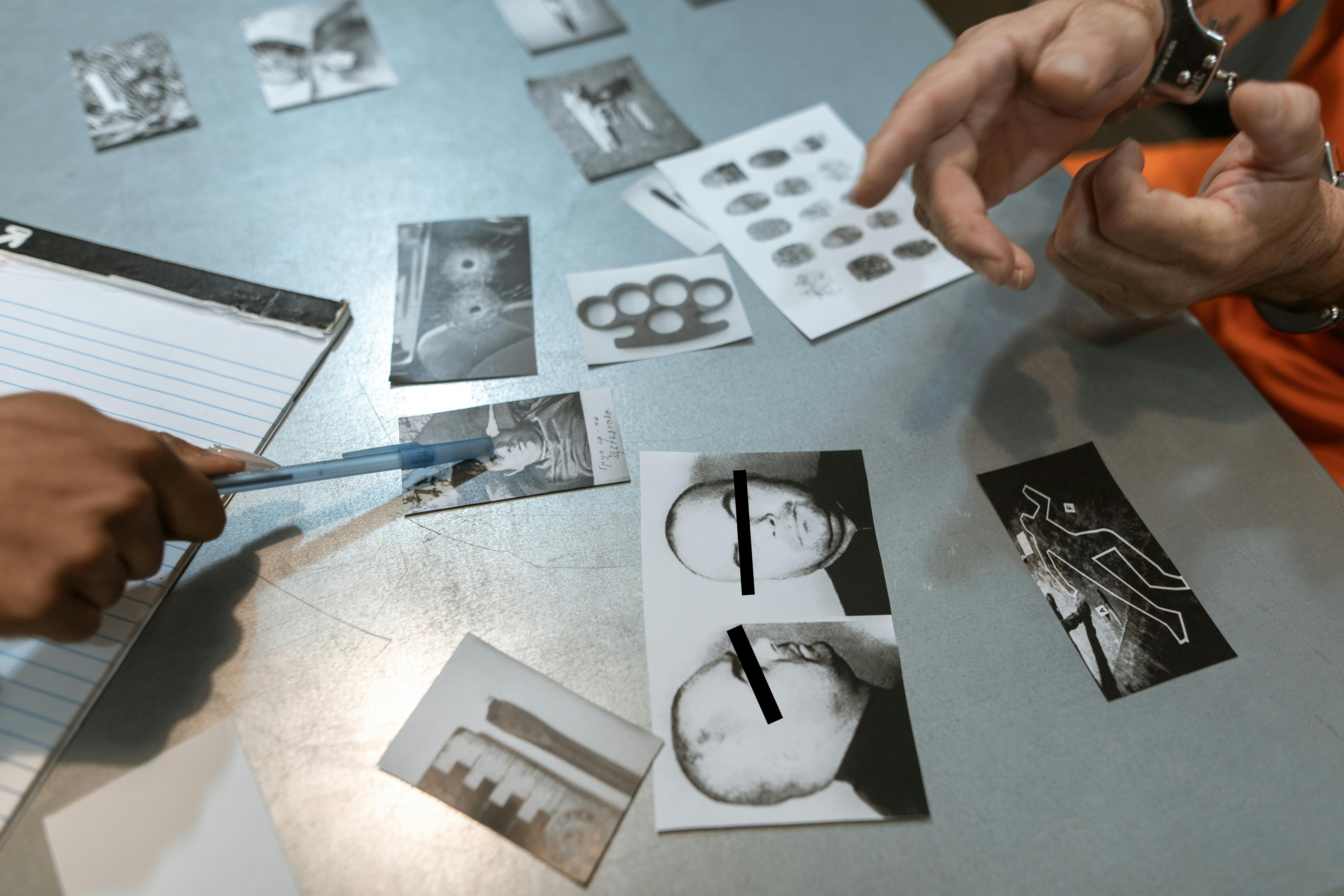
The Cost and Benefits of Social Inclusion in Education: Should Failure Remain an Option?
When talking about social inclusion in education, it means a fusion of students from diverse backgrounds with a wide range of skills located in general education. Slow students are grouped with high achievers, and teacher assistants are employed to work with students who have physical or mental disabilities to the point where they qualify for this assistance. In public education, there are seldom enough support staff employed to perform this job effectively and, over the years, the qualification criteria have become more restrictive. As a result, students who could benefit are often overlooked or the teacher has a responsibility to provide individual learning plans that are intended to provide educational opportunities at the individual student’s level of academic progress.
‘Social inclusion’ has resulted in many, if not all, special schools closing their doors and their students attending mainstream institutions. The promise of “social inclusion” is sadly an illusion. Students, who previously would have attended schools with teachers trained to help them, are not included in the peer groups of so-called “normal” students just because they attend a regular school. In many cases, teachers are not trained to address your specific needs and simply do not have the capacity to serve the broad spectrum of students in their classes. At the same time, the academic progress of the other students in the class is held back, while the teacher tries to ensure that disadvantaged students do not fall too far behind. At both ends of the student spectrum, this situation is a recipe for boredom and behavior problems to surface, further reducing the learning that should take place.
Social inclusion was first introduced with the government’s commitment to provide attendee time for students in need. However, over time, the bar has been set so high for receiving Aide funding for a student that it is nearly impossible to qualify, unless the student has a severe mental or physical disability and is unlikely to ever be able to function properly. independently, even in adulthood. The question then arises: “What does social inclusion achieve in those cases?” These individuals are rarely accepted by their peers as equals and, if not directly harassed, they will always ‘stay out of the pack’. Meanwhile, those who have some potential to become independent and self-sufficient adults, but who are still somewhat at a disadvantage, compared to the ‘norm’, are left to fight or stay further behind, deprived of any support. However, this group with little “seed funding” should not become a tax burden in later years.
Previously, special schools were available for students who could not cope with general education. Students with special needs gained confidence and did well in an institution predominantly designed to meet their needs, while under the direction of staff trained to help them reach their full potential. These schools were also able to offer a better pupil-teacher ratio than is feasible in ordinary schools.
The decline of special schools has been further complicated by the abandonment of what is now considered the politically incorrect practice of streaming. Students used to be assigned to classes based on skill sets that saw students with similar academic abilities sharing the same class. This is now a practice that cannot be openly tolerated as it is seen to label a student. However, students tag each other very effectively within grade years and mixed-ability classes anyway, they don’t act as a homogeneous group; They are grouped according to a series of criteria that also include academic ability. Lecture streaming simply identifies students with similar academic abilities in a particular subject and would greatly enhance their progress as a group precisely because the teacher can pitch their learning to the group’s skill levels, rather than delivering a targeted program. intermediate level with the hope that those in the class at the lower end of the spectrum can keep up, while those at the top don’t get bored. Good in theory, but very difficult to implement effectively day after day, all year round. The closure of special schools for the educationally disadvantaged has only exacerbated this by further widening the academic gap between students in the classroom.
Meanwhile, the possibility of failure was always a component of normal education until recently. Progress in education assumed that the individual had learned enough in the current academic year to be able to face the next. In the last twenty years or so, this presumption has been largely abandoned in primary and secondary education. Students progress from year to year regardless of what they have learned. There are arguments for and against this trend. In favor is the fact that the student progresses with his peer group and, therefore, avoids the social stigma associated with being “retained”. Therefore, their self-esteem is not undermined. Unfortunately, this tendency also means that the student hardly experiences failure until after leaving school, at which point the real world teaches them a very difficult lesson, namely that they cannot protect themselves from failure and that, contrary to what We might wish, the adult world is competitive and there are winners and losers in all aspects of life.
Experiencing failure in school strengthens the student to cope with challenges in adulthood; builds resilience and is an intrinsic motivator. If there is no possibility of failure and consequences are not desired, then there is little driving force to succeed and only those students who are somehow able to develop motivation from within or who are driven by external forces, such as their parents, could happen. . The current system also drags down those who would have otherwise faced the challenge of education because those who do not have the motivation will turn to those who do and seek to reduce their ambitions. In adolescence, ‘it’s not cool’ to be labeled ‘nerdy’ because you really want to learn; many otherwise capable students succumb to this type of peer pressure.